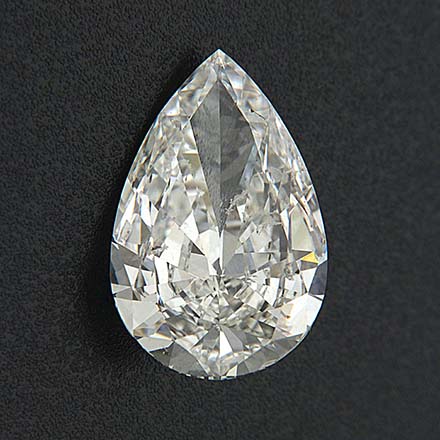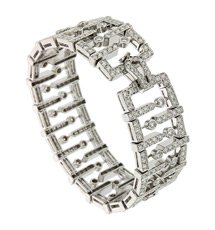As lovely as diamonds are when set in jewelry, some people prefer to buy diamonds that are loose, or unmounted. Loose diamonds may be purchased with an eye to placing them in a mount later on, or in a piece of jewelry they already own. There are times when searching the perfect designer diamond rings, that one finds the diamond and the band separately. Other people like the idea of buying loose diamonds as a type of investment, to sell at a later date for more than they paid for. Like set diamonds, loose diamonds need particular care to keep looking their best.
 While diamonds are among the sturdiest gemstones, they’re not invulnerable. Diamonds will break if they’re hit at the wrong angle, especially around points and thin areas. They can still be scratched if they come in contact with other diamonds. Keep your loose diamonds wrapped in cloth or tissue paper to discourage chipping. If you have multiple loose diamonds, you may want to store them separately in different bags or wrappings to prevent scratches.
While diamonds are among the sturdiest gemstones, they’re not invulnerable. Diamonds will break if they’re hit at the wrong angle, especially around points and thin areas. They can still be scratched if they come in contact with other diamonds. Keep your loose diamonds wrapped in cloth or tissue paper to discourage chipping. If you have multiple loose diamonds, you may want to store them separately in different bags or wrappings to prevent scratches.
When buying a diamond, it’s always important to evaluate it by the 4Cs of color, carat, clarity and cut. With loose diamonds, you can better study each jewel before purchasing, as there is no mounting to influence how light enters the jewel. While each C has an effect on a diamond’s beauty, cut and clarity have a larger impact on a diamond’s stability. If you choose diamond cuts with pointed tips, be sure to store and handle them carefully. In terms of clarity, jewels with eye visible cracks may be less study than clearer stones.
Ideally, your loose diamonds should be certified by a reputable third party laboratory. Whether you’re buying diamonds as an investment or to mount, loose certified diamonds have verifiable documentation attesting to the jewel’s quality. Depending on the laboratory, one may ask for the diamond to be inscribed with a discreet serial number in the diamond’s girdle for easy identification and cross referencing.





